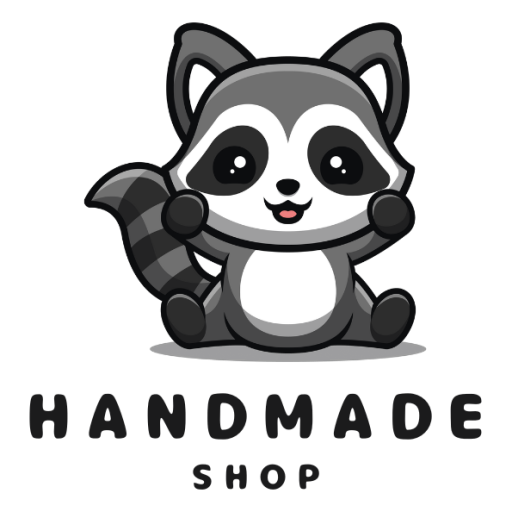A handcrafted wooden cutting board is more than just a kitchen tool—it’s a work of art that can last for years if properly cared for. Unlike plastic or glass alternatives, wooden cutting boards require specific maintenance to ensure they remain in top condition. In this guide, we’ll cover essential care tips to help you maintain your wooden cutting board, extending its lifespan and preserving its beauty.
1. Clean Your Wooden Cutting Board Properly
The most crucial step in maintaining your wooden cutting board is proper cleaning. Unlike plastic cutting boards, wooden boards cannot be placed in the dishwasher as excessive moisture and high temperatures can cause warping or cracking.
How to Clean:
- Wash by hand with warm, soapy water after each use. Use a soft sponge or cloth to gently scrub the surface.
- Avoid soaking your cutting board in water. Wood is porous, and excessive water absorption can lead to cracks and damage.
- After washing, dry the board immediately with a clean towel and allow it to air dry upright.
2. Disinfect and Deodorize Naturally
Wooden cutting boards can absorb odors and bacteria over time, especially when used for chopping raw meat or garlic. Luckily, natural cleaning solutions work well to disinfect and deodorize your board without the need for harsh chemicals.
Natural Cleaning Tips:
- Vinegar: Wipe your cutting board down with white vinegar to disinfect and remove lingering odors.
- Lemon and Salt: Sprinkle coarse salt on the board and scrub it with a halved lemon. This helps to deodorize and scrub away any food particles while being gentle on the wood.
- Baking Soda: Mix baking soda with water to create a paste, and use it to remove tough stains and smells.
3. Oil Your Wooden Cutting Board Regularly
One of the most important aspects of caring for a wooden cutting board is regular oiling. Oiling helps to seal the wood, preventing it from drying out, cracking, or absorbing moisture.
How to Oil:
- Use food-grade mineral oil or specialized cutting board oil. Avoid using vegetable oils as they can become rancid over time.
- Apply a generous amount of oil to the entire surface of the board, including the edges and sides.
- Let the oil sit for at least a few hours, or preferably overnight, to allow the wood to absorb it fully.
- Wipe away any excess oil with a clean, dry cloth.
Aim to oil your cutting board once a month or more frequently if the board starts to appear dry.
4. Remove Stains and Scratches
Over time, even with proper care, your wooden cutting board may develop small scratches or stains. These are normal signs of wear but can be addressed with some simple techniques.
Fixing Scratches:
- Sand the surface of the board lightly with fine-grit sandpaper to remove shallow scratches or gouges.
- After sanding, clean the board and reapply oil to restore its smooth finish.
Removing Stains:
- For tough stains, mix baking soda with water to form a paste, apply it to the stained area, and gently scrub.
- Alternatively, sprinkle salt on the board and scrub with a lemon, which can help remove stubborn stains while freshening the board.
5. Store Your Cutting Board Correctly
Proper storage is essential for extending the lifespan of your wooden cutting board. How and where you store your board can significantly impact its durability.
Storage Tips:
- Store your board in a dry, upright position to allow air circulation and prevent moisture buildup, which can lead to warping.
- Avoid placing your cutting board near heat sources, like stoves or radiators, as heat can cause the wood to dry out and crack.
- If possible, use a cutting board rack or prop the board up on its side to allow air to circulate around it.
Conclusion
Caring for your wooden cutting board properly ensures that it stays functional and beautiful for years to come. Regular cleaning, oiling, and proper storage are all essential steps in maintaining the wood’s integrity. By following these maintenance tips, you’ll not only extend the life of your handcrafted cutting board but also enhance its natural beauty, making it a cherished tool in your kitchen.
Remember, a well-maintained wooden cutting board is more than just a kitchen necessity—it’s a lasting investment in your culinary experience.
